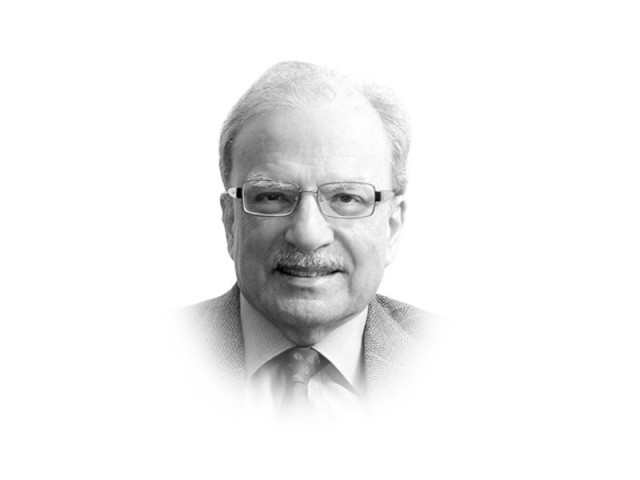
Pakistan became independent but its division into two parts separated by thousands of miles of Indian territory, was found to be impractical for building one nation. After less than a quarter century, East Pakistan separated and became the independent state of Bangladesh. Had South Asia remained a unified political entity, would it have performed economically better than it did? This is one of those ‘what-if questions’ that are easier to ask but difficult to answer. One way of looking at South Asia’s economic performance is to compare it with China, another large Asian country with a landmass roughly comparable to that of South Asia. China has an area of 9.5 million square kilometers and a population in 2015 of 1.38 billion. China is much less densely populated than South Asia. It has 144 persons per square kilometer compared to South Asia’s 262 persons. As economists specialising in the study of urban conglomerations suggest, higher densities contribute to economic growth. That should have helped South Asia in growing its economy.
South Asia also had a better agricultural endowment. It had more cultivable and irrigated land per capita of the population than China. Much of the Chinese larger land mass was made up of mountains and deserts. South Asia had more water available for irrigation than China. Notwithstanding these advantages, China’s performance compared to that of South Asia was spectacular. In the period beginning with the opening of the economy in 1980 to 2010, the Chinese national income expanded 32-fold while that of South Asia increased only eight-fold. In today’s prices, China’s GDP was estimated at $325 billion in 1980 compared with South Asia’s $205 billion. China’s per capita income was then $356. It increased 20-fold in the 35-year period since then. South Asia’s income per capita increase was much more modest. China, in other words, has gone a great deal further than the South Asian sub-continent. Why is that the case?
I have a number of answers to the questions posed above. I will provide them briefly. China and South Asia followed very different economic models. Although China was a Communist state, it allowed a fair amount of space to the private sector. Private entrepreneurs were expected to work within the framework prescribed by the state. Beijing focused on the export sector identifying for the entrepreneurs, the areas of production and the markets they should focus on. South Asia, in its endeavour to put the state on the commanding heights of the economy, made massive amounts of investments in producing capital goods for the domestic economy. This may not be obvious but in many ways, the South Asian state was more intrusive than the state in China.
Another difference between China and South Asia was the former’s emphasis on developing its human resource. Mao Zedong, the founder of the Chinese Communist state, provided universal primary education and health care to all citizens. He also liberated women from years of servitude.
One other major difference between China and South Asia was the former’s willingness to work with its neighbours. This did not happen in South Asia in part because of the intense rivalry between India and Pakistan. In 1947, when the British left the subcontinent, most of Pakistani exports and most of its imports went to or came from India. Now in 2015, India is a very minor trading partner for Pakistan. For India, Pakistan is an even smaller player.
Also, China and South Asia have very different political systems. In China, decisions by a one-party dominated state can be taken quickly. By now the three major countries of South Asia have reasonably well established democratic systems where policymaking is slow and cumbersome. The suggestion is not that South Asia should move in China’s political direction. Instead, it should refine its political system so that important economic decisions can be taken quickly and do not get stuck in the quagmire of vested interests indulging in endless give and take.
By far, the most important area where South Asians need to move is in terms of closer economic cooperation. The aim should be regional economic integration. Only then will the South Asian sub-continent be able to take advantage of the enormous change taking place in the structure of the global economy.
Published in The Express Tribune, February 19th, 2016.
Like Opinion & Editorial on Facebook, follow @ETOpEd on Twitter to receive all updates on all our daily pieces.













COMMENTS
Comments are moderated and generally will be posted if they are on-topic and not abusive.
For more information, please see our Comments FAQ